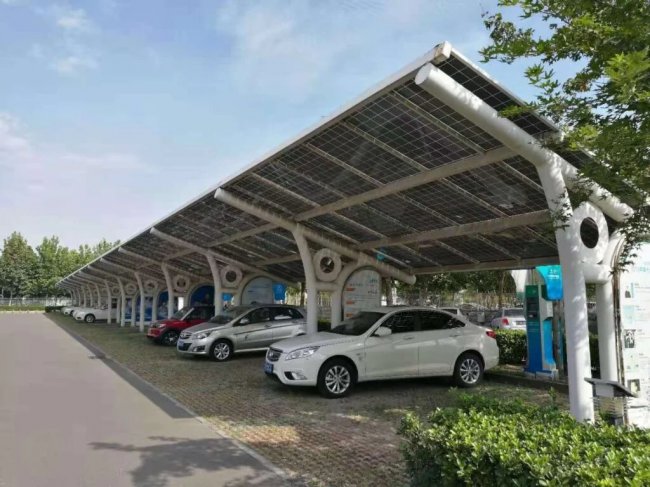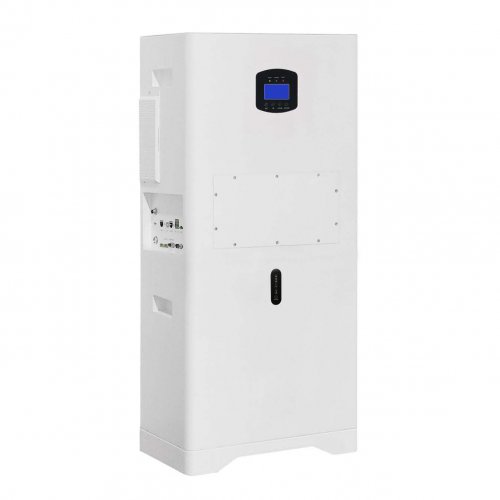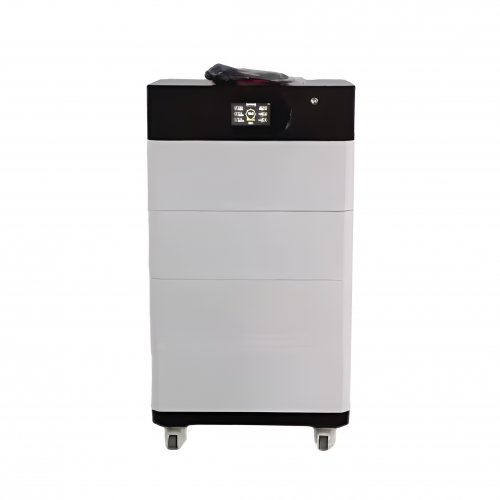Battery Safety Improvements News: Solid-state Advancements And Ai-driven Management Systems Redefine Industry Standards
The global push towards electrification, spanning consumer electronics, electric vehicles (EVs), and grid-scale energy storage, has placed unprecedented focus on the fundamental component enabling this transition: the battery. Consequently, battery safety improvements have evolved from a niche engineering challenge into a critical industry-wide imperative. Recent developments in material science, artificial intelligence, and manufacturing processes are driving a significant leap forward in mitigating risks associated with thermal runaway and battery failure.
Latest Industry Developments
A wave of recent announcements from leading industry players and research institutions highlights the accelerated pace of innovation. QuantumScape, a prominent developer of solid-state lithium-metal batteries, recently released further third-party test data indicating its cells can withstand severe mechanical abuse tests without propagating fire. This is a crucial step, as physical damage is a primary trigger for thermal runaway in conventional lithium-ion cells.
Simultaneously, Chinese battery giant CATL unveiled its latest breakthrough with the Shenxing Plus battery. While marketed for its ultra-fast charging capabilities, a core component of its design is an enhanced electrolyte and a modified nanometer-sized cathode structure that reportedly reduces heat generation during extreme charging scenarios, a common stressor that can lead to safety compromises.
Beyond cell chemistry, software and hardware integration is seeing rapid advancement. Tesla’s deployment of its latest Battery Management System (BMS) software update incorporates new algorithms that more precisely model the internal state of each cell in a pack. This allows for micro-second adjustments to charging parameters based on real-time health readings, preventing conditions that could lead to lithium plating—a primary cause of internal short circuits.
Furthermore, the startup ecosystem is vibrant. Companies like Soteria Battery Innovation Group are commercializing current collector technology that replaces traditional metal foils with a polymer-metal composite. This material is designed to melt and break the circuit internally at the onset of overcurrent, effectively creating a built-in fuse within each cell to halt thermal events before they begin.
Trend Analysis: Moving from Reactive to Proactive and Inherent Safety
The industry trajectory is moving along two parallel, complementary paths: incremental improvements to existing lithium-ion technology and the pursuit of next-generation chemistries.
1. The Solid-State Pathway: The most anticipated trend is the gradual commercialization of solid-state batteries. By replacing the flammable liquid electrolyte with a solid ceramic, polymer, or sulfide-based alternative, the primary fuel for fires is removed. While manufacturing scalability remains a hurdle, recent partnerships between automakers (e.g., BMW with Solid Power, Nissan with NASA-inspired tech) suggest a medium-term horizon for market entry. The safety benefits are inherent to the design, representing a fundamental shift rather than a mitigation.
2. AI and Predictive Analytics: The integration of Artificial Intelligence and Machine Learning into BMS is transitioning safety from a reactive to a predictive domain. Modern systems are no longer just monitoring voltage and temperature. They are now trained on vast datasets of battery degradation and failure modes. They can identify subtle anomalies in performance data that precede failure, allowing the system to flag a battery module for service long before it becomes a hazard. This predictive maintenance is becoming standard for large-scale storage systems and is trickling down to EVs.
3. Supply Chain and Manufacturing Rigor: A less publicized but critical trend is the enhanced focus on manufacturing quality control. Microscopic defects like metallic dust particles or subtle electrode misalignments are root causes of internal shorts. Companies are investing heavily in AI-powered visual inspection systems and cleanroom manufacturing standards to achieve defect rates measured in parts per billion. Ensuring a flawless cell is the first and most important step in the safety chain.
4. Regulatory and Standardization Push: In response to incidents, regulatory bodies are strengthening testing requirements. The new IEEE 1625 and 1725 standards for mobile and computing batteries, and UNECE’s updated regulations for EV battery safety, are forcing manufacturers to design to higher robustness thresholds. This regulatory pressure is a key driver for innovation, creating a standardized baseline for safety across the industry.
Expert Perspectives
Industry experts emphasize a holistic view of safety. Dr. Elena Maple, a materials scientist at the Argonne National Laboratory, states, "The conversation is shifting from just preventing catastrophe to ensuring long-term, predictable degradation. A truly safe battery isn’t just one that doesn’t catch fire; it’s one whose performance and health can be accurately forecasted throughout its entire lifecycle. This is where AI and new diagnostic tools are pivotal."
John Kessler, CEO of a battery analytics firm, highlights the software angle. "The cell is only as safe as the system managing it. We are seeing a paradigm where the BMS is no longer a passive monitor but an active guardian. It continuously learns and adapts its management strategies based on the unique history of each battery pack, personalizing safety."
However, caution remains. Professor William Chen of Stanford University notes, "Solid-state batteries hold immense promise, but they introduce new challenges, such as dendrite formation through solid electrolytes and the management of interfacial stability. These are significant safety and longevity concerns that the research community is actively working to solve. There is no single silver bullet."
The collective efforts across chemistry, software, and manufacturing signify a mature industry addressing its most significant vulnerability. While the risk can never be entirely eliminated, the multi-layered approach—combining inherently safer materials, intelligent management, and flawless production—is creating a new benchmark for reliability that will underpin the future of electrification.
Customized/OEM/ODM Service
HomSolar Supports Lifepo4 battery pack customization/OEM/ODM service, welcome to contact us and tell us your needs.


HomSolar: Your One-stop LiFePO4 Battery Pack & ESS Solution Manufacturer
Our line of LiFePO4 (LFP) batteries offer a solution to demanding applications that require a lighter weight, longer life, and higher capacity battery. Features include advanced battery management systems (BMS), Bluetooth® communication and active intelligent monitoring.

Customised Lithium Iron Phosphate Battery Casing
ABS plastic housing, aluminium housing, stainless steel housing and iron housing are available, and can also be designed and customised according to your needs.

HomSolar Smart BMS
Intelligent Battery Management System for HomSolar Energy Storage System. Bluetooth, temperature sensor, LCD display, CAN interface, UART interface also available.


Terminals & Plugs Can Be Customized
A wide range of terminals and plugs can be customised to suit the application needs of your battery products.

Well-designed Solutions for Energy Storage Systems
We will design the perfect energy storage system solution according to your needs, so that you can easily solve the specific industry applications of battery products.



About Our Battery Cells
Our energy storage system products use brand new grade A LiFePO4 cells with a battery lifespan of more than 4,000 charge/discharge cycles.



Applications in Different Industries
We supply customized & OEM battery pack, assemble cells with wiring, fuse and plastic cover, all the cell wires connected to PCB plug or built BMS.
Applications: E-bike, Electric Scooter, Golf Carts, RV, Electric Wheelchair, Electric Tools, Robot Cleaner, Robot Sweeper, Solar Energy Storage System, Emergency Light, Solar Power Light, Medical Equipment, UPS Backup Power Supply.
We can provide you with customized services. We have the ability to provide a vertical supply chain, from single cells to pack/module and to a complete power solution with BMS, etc.


HomSolar (Shenzhen) Technology Co., Ltd
























